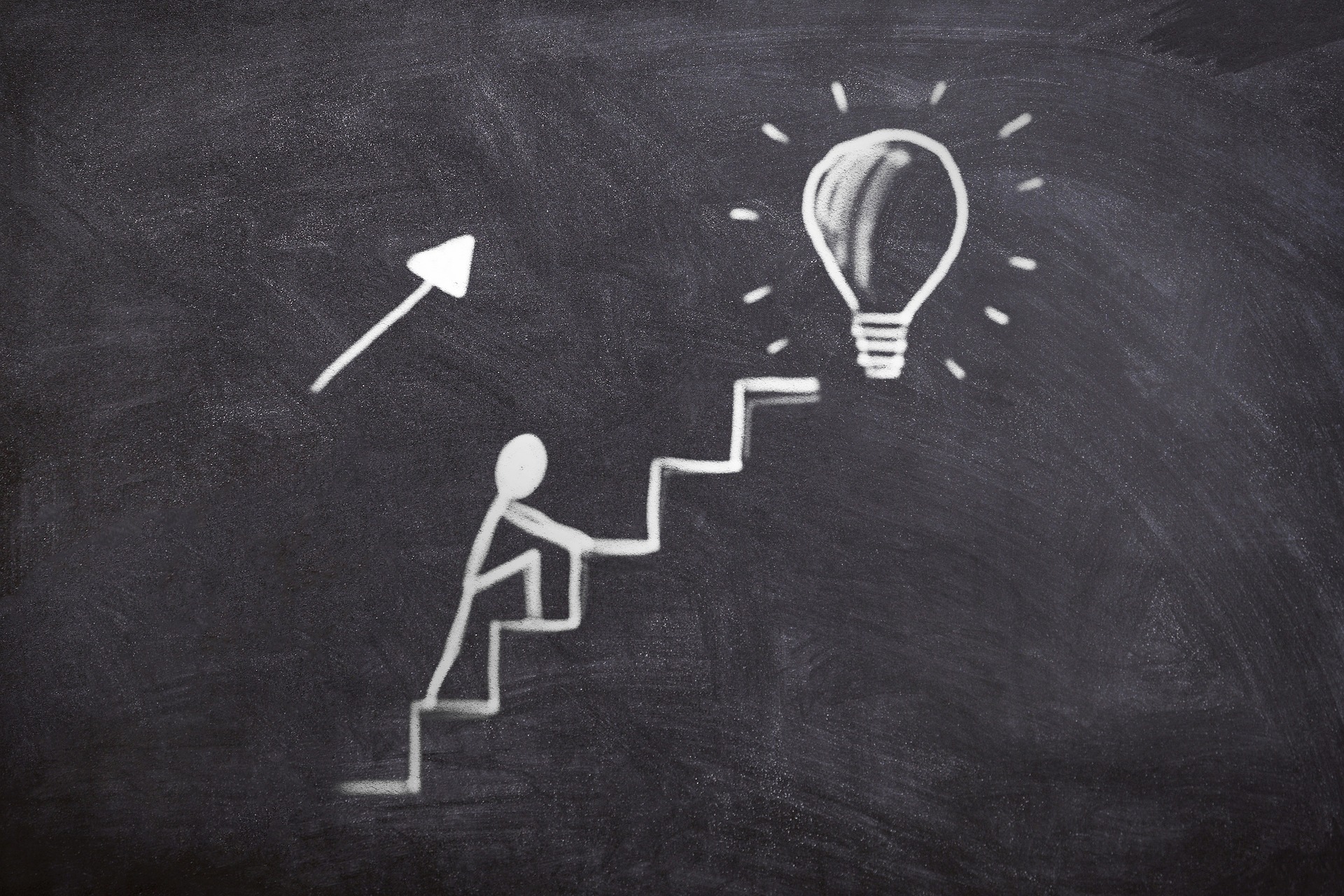A complete procurement process contains lot of other sub process, role & responsibility of buyers ,ay be different as per magnitute or policy of the organization . In some industries buyers take care for the whole procurement cycle , whereas some industries specifically divide the responsibility area . Buyer function is interlinked with many other agencies like finance , accounts, legal, etc. , hence buyer should know some basics of interlinked agencies to perform efficiently.
What is procurement process -
Procurement process can be subdivided in 6 parts -
1. Generation of Requirement
2. Determination of Source
3. Selection of Source of Supply
4. Order or Contract establishment
5. Goods Receipt/ Service Acceptance.
6. Payment process.
Process Elaboration
1. Generation of Requirement - How requirement is generate
In any organisation purchase requirement may be related to service or material. Treatment for service requirement is different from material.
(a) Material Requirement - These requirements are generated by user department or in some organisation buyers itself generate it . Requirements generation depends upon the site conditions, inventory conditions or as per material planning settings. On realisation of requirement user generate the Purchase requisition, now most of the organisation working on ERP systems hence this requirement generated in system (soft form).
(b) Service Requirement - Service requirement is entirely depends upon site condition, sometimes it is related to planned shutdowns and regular maintenance in manufacturing industry , in other industries reason of service may be depend upon many other factors.
2. Determination of Supply source - To whom enquiry to be floated
Determination of source depends upon the nature of items or service we want to procure, source can be determine by internet, promotional mails received by suppliers, B2B websites, direct visit be vendors, events organised by supply chain organisations , events organised by industrial organizations, previous data available in buyer system or it could depend upon previous experience of buyer or organization.
3. Selection of Supply source-
Source selection is of paramount importance in any buying procedure, selection of source depends upon many factors i.e, OEM supplier , spare supplier , consumable supplier, service supplier, previous experience with supplier, vendor evaluation results etc. Now in industries TCO (total cost of ownership) concept is following , TCO selection of vendor depends upon Quality , Service , Delivery, price , life cycle cost & price pf disposal (if any).
4. Order or Contract Establishment -
After selection of source carefully, a legal contract betwen the seller and buyer is made. This contract establish a legally bound terms for both the parties involved, this contract specify the specifications of purchase, delivery time frame, freight and other expenses responsibility, payment terms, buyback formalities, LD clauses, installations, calibrations, disposal etc.
5.Goods receipt or Service acceptance-
Goods receipt take place after contract establishment, physical inspection and quantity verification done on receipt of material, in case of service the same is verified by the site in charge or buyers representative.
6.Payment Procedure-
Payment process is related to good receipt or service performance, it is buyer responsibility to monitor these procedures and ensure smooth payment transfers, in case of advance payment it is buyer responsibility to ensure timely receipts of material or service.
Conclusion
Buyer should be well versed about each process in procurement cycle to take appropriate decision, each and every step should be subtly followed, all these steps must be understood in depth to attain optimize output from procurement cycle.


Comments